As of February 2024, 83 percent of travelers worldwide believe that sustainable travel is important. Yet while demand for eco-friendly tourism surges, only a handful of nations have truly transformed their entire tourism sectors to prioritize environmental protection, community benefits, and regenerative practices over pure profit.
Here’s a list of 15 countries that aren’t just talking about sustainable tourism—they’re rewriting the playbook for what responsible travel should look like in the modern world.
Finland
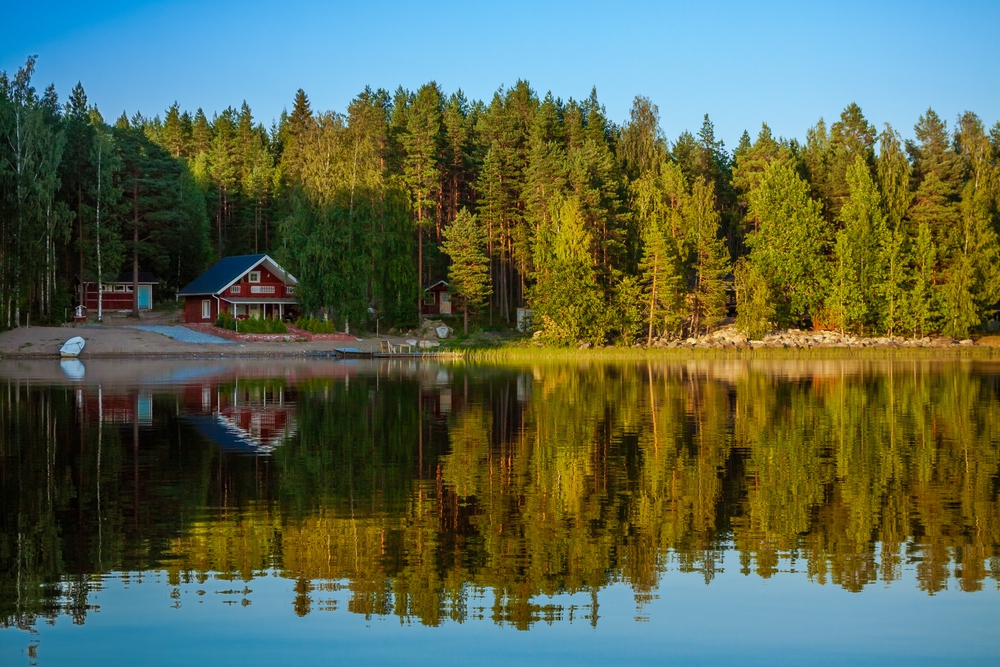
Helsinki secured the top spot in 2024 on the Global Destination Sustainability Index, and it’s easy to see why. The city powers much of its public transport with renewable energy and has created extensive networks of cycling paths that remain usable even during harsh winters.
Finland’s harmonious coexistence with nature makes it a prime destination for responsible tourism. Beyond Helsinki, the country encourages slow travel through its vast forests and lake regions. Visitors can stay in eco-lodges that heat themselves using local biomass and offer Northern Lights viewing from buildings designed to minimize light pollution.
Sweden
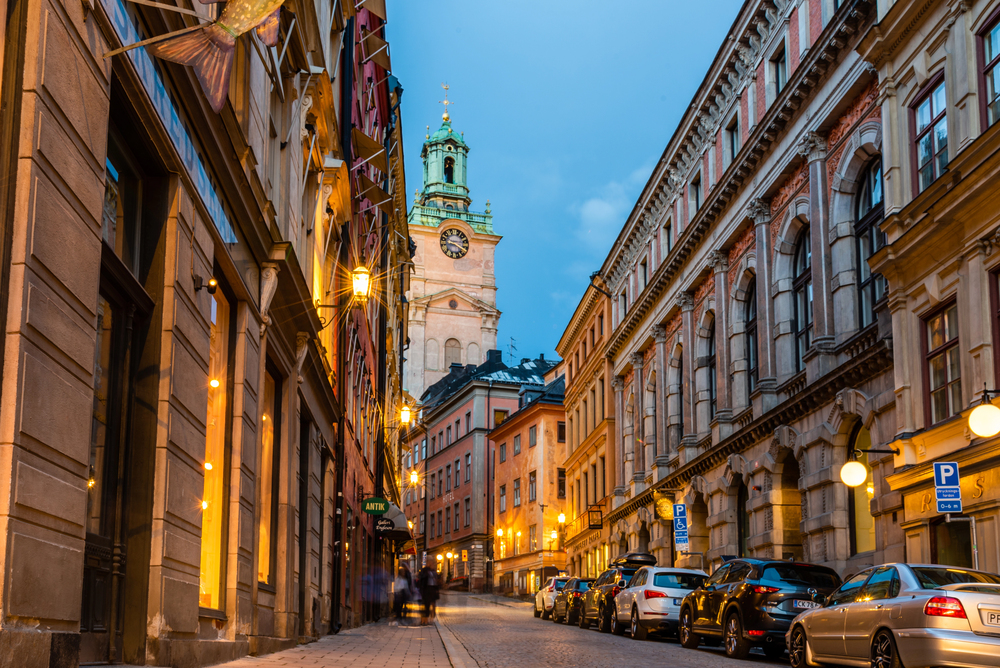
— Photo by JJFarquitectos
Sweden has implemented stringent policies to promote ecotourism. The country boasts one of the world’s most comprehensive public transportation systems, with trains connecting remote wilderness areas to major cities. Many hotels now generate their own renewable energy and serve exclusively locally-sourced food.
And Stockholm’s waste-to-energy programs mean the city actually imports garbage from neighboring countries. Not exactly a typical tourism selling point, but impressive nonetheless.
Denmark
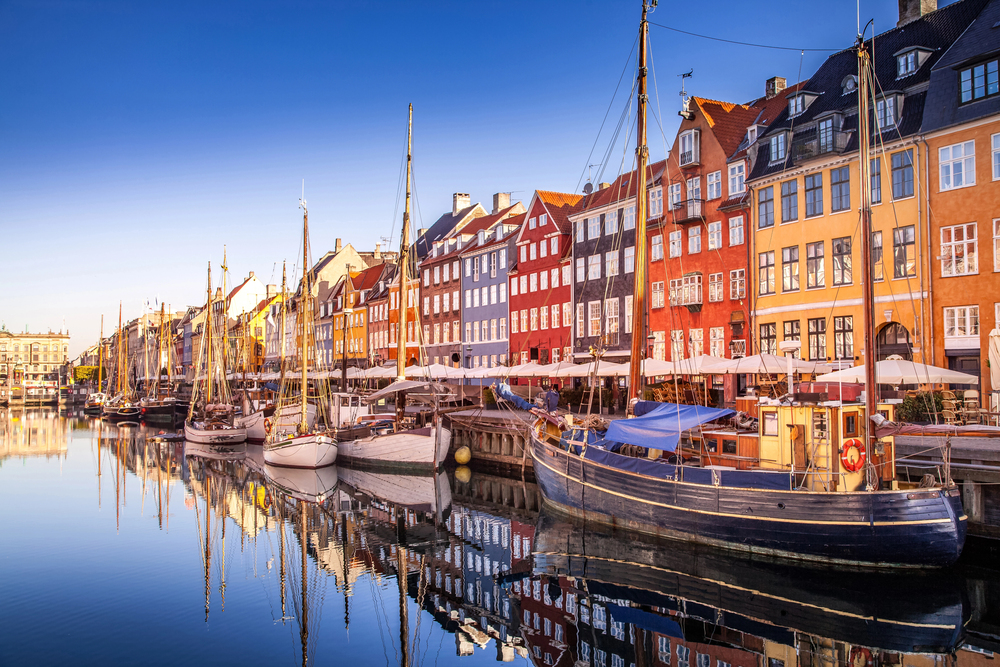
— Photo by MarusiaBO
Copenhagen stands out for its revolutionary “CopenPay” initiative, which provides visitors with sustainability information and rewards eco-friendly behavior, helping reduce the city’s tourism-related carbon footprint.
The program offers museum discounts, free bike rentals, and restaurant perks to tourists who choose green transportation, participate in cleanup activities, or stay in certified sustainable accommodations. Denmark’s bicycle-friendly cities and wind energy initiatives make it a leader in sustainable urban living.
Norway
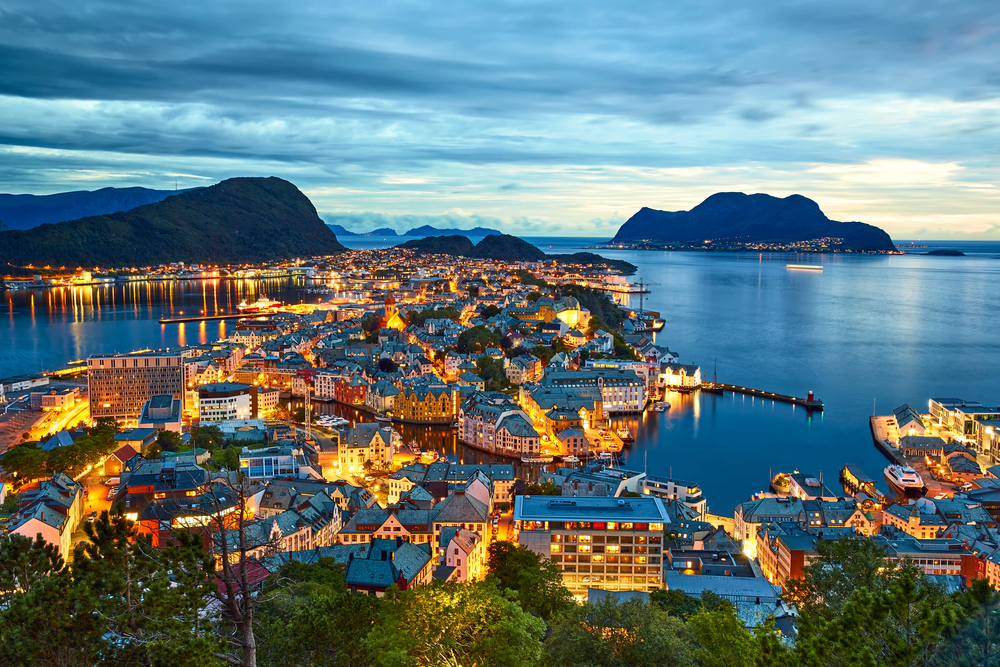
Norway is at the forefront of sustainable tourism, with electric ferries and green hotels leading the way. The country’s famous fjord cruises now operate using hybrid and electric vessels, dramatically reducing emissions in these pristine waterways.
Sustainable practices are integrated into every aspect of the travel experience in Norway, from accommodation to activities. Hotels built into mountainsides use geothermal heating, while aurora viewing lodges are constructed with minimal environmental impact.
Iceland
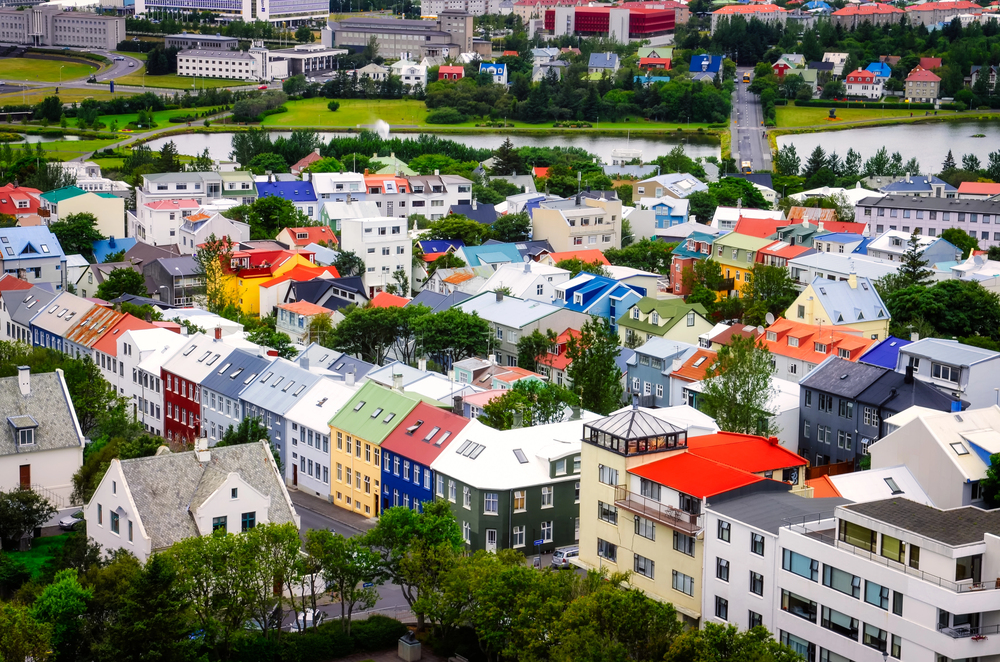
Iceland, often referred to as the “Land of Fire and Ice,” tops our list as one of the most sustainable travel destinations. Nearly 100% of the country’s electricity comes from renewable sources—geothermal and hydroelectric power.
Iceland’s eco-conscious whale-watching tours ensure minimal disruption to marine life, providing a responsible way to enjoy these majestic creatures. The Blue Lagoon and other geothermal spas operate entirely on natural hot springs, requiring no additional heating.
New Zealand

New Zealand’s commitment to conservation and ecotourism is evident in its pristine landscapes and well-managed national parks. The country pioneered the concept of regenerative tourism, where visitor activities actually improve local ecosystems rather than degrading them.
New Zealand has implemented robust environmental policies, an emphasis on conservation initiatives, and community engagement programs that not only safeguard their natural beauty but also enrich the tourist experience. The Great Walks network demonstrates how infrastructure can enhance access while protecting fragile environments.
Costa Rica

This Central American nation essentially invented modern ecotourism. Costa Rica and New Zealand have implemented robust environmental policies, an emphasis on conservation initiatives, and community engagement programs that have become global models.
Over 25% of the country operates as protected national parks and reserves. Local communities run many eco-lodges and guide services, ensuring tourism revenue stays within rural areas rather than flowing to international hotel chains.
Slovenia
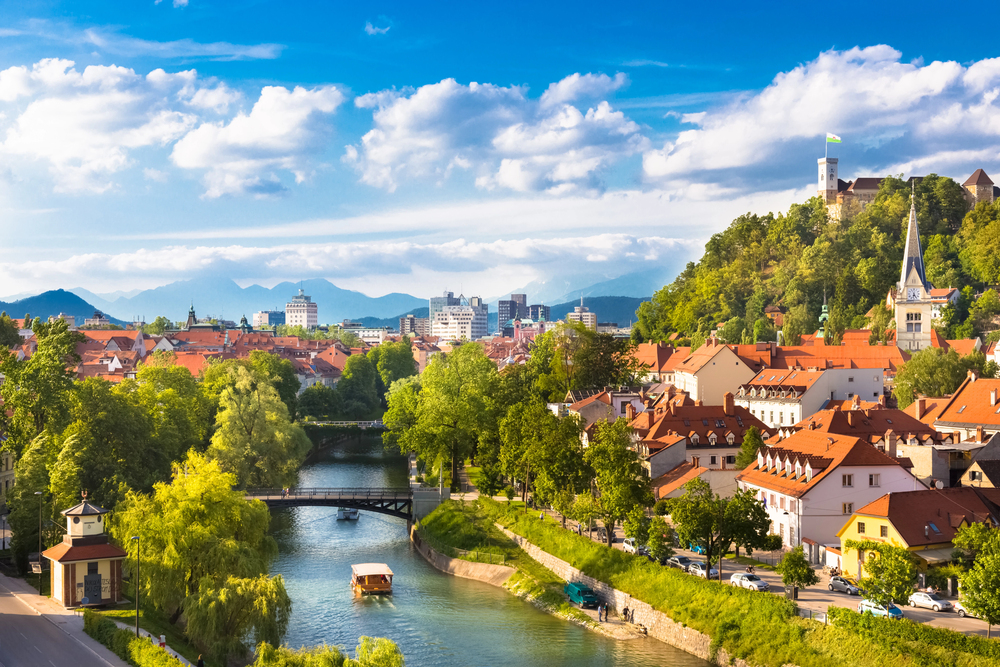
Slovenia’s commitment to preserving its natural beauty and cultural heritage makes it a perfect eco-friendly destination. Ljubljana earned recognition as European Green Capital, implementing car-free city centers and extensive urban green spaces.
Slovenia has rightfully earned recognition as the “Green Capital of Europe” for its deep-rooted commitment to sustainable tourism practices. Triglav National Park offers some of Europe’s best examples of low-impact mountain tourism infrastructure.
Estonia
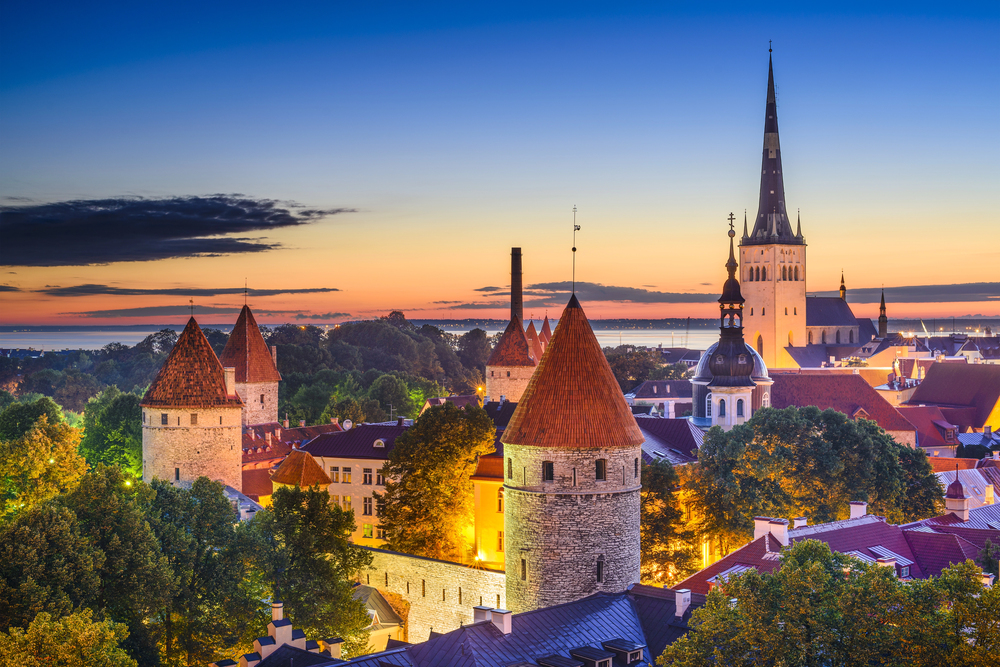
Estonia, with its beautiful forests and Baltic Sea coastline, is one of the greenest countries in Europe. The country leads in digital innovation for tourism, reducing paper usage through comprehensive mobile apps for national parks and cultural sites.
Estonia’s bog walking trails and forest bathing experiences showcase how nature tourism can operate with virtually zero environmental impact. Many accommodations run entirely on renewable energy sourced from local wind and solar installations.
Austria
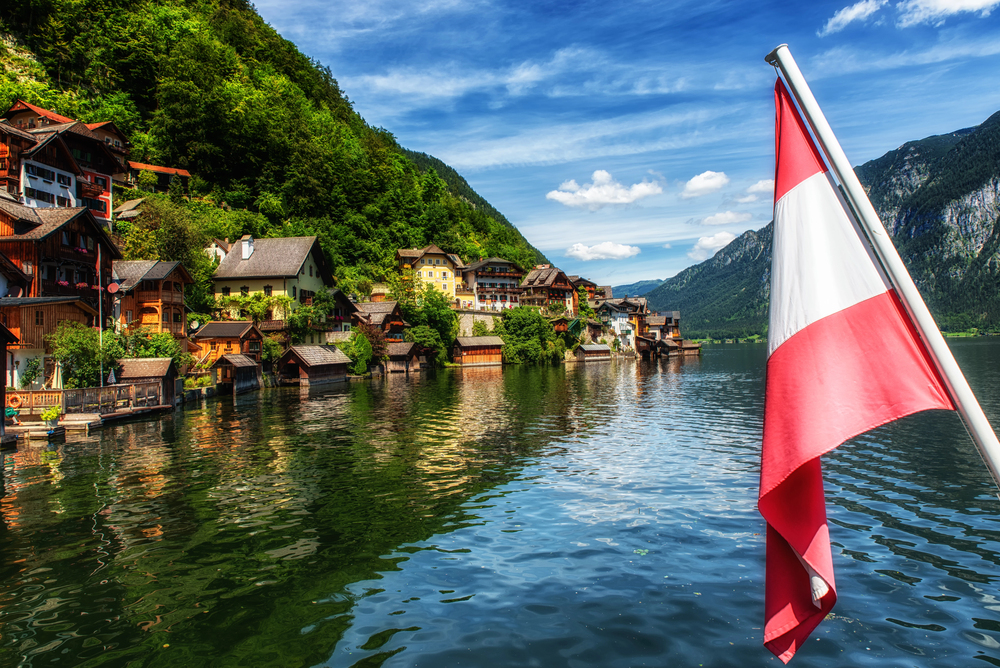
The Alpine nation has transformed mountain tourism through sustainable practices. Cable cars and ski lifts increasingly run on renewable energy, while mountain huts serve regionally-sourced food and operate waste-free systems.
Austria’s stunning alpine landscapes are a testament to their commitment to preserving nature. The country’s extensive network of hiking and cycling paths provides alternatives to car-dependent tourism in sensitive mountain environments.
Bhutan
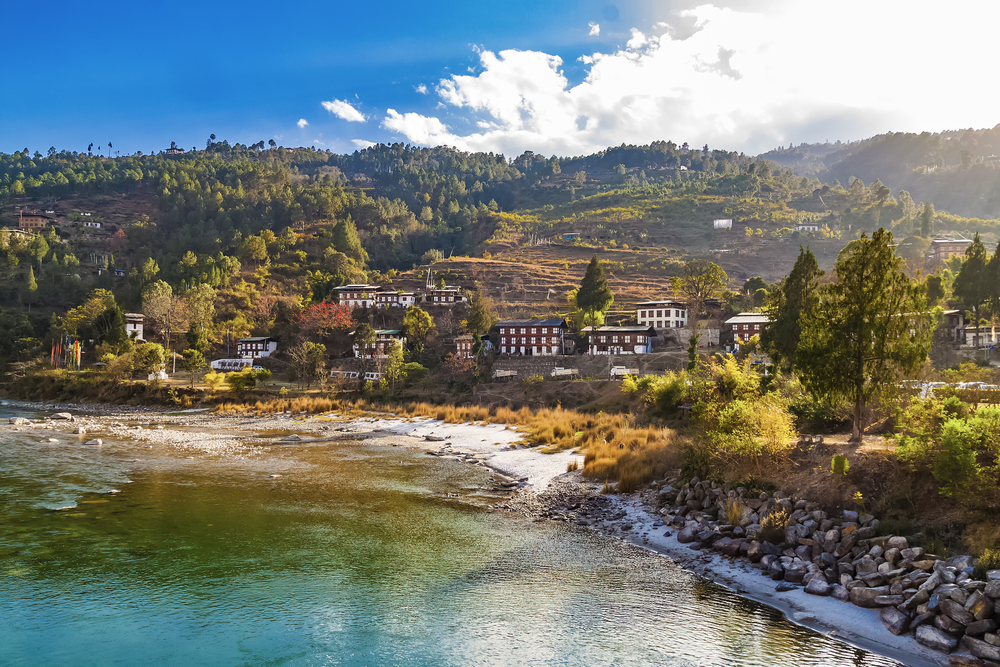
Bhutan’s unique approach to sustainability measures its success through gross national happiness rather than GDP. The Himalayan kingdom operates a “high value, low impact” tourism policy, limiting visitor numbers while ensuring substantial community benefits.
All tourists must pay a daily fee that directly funds conservation projects and community development. Could be expensive. But probably worth it for a carbon-negative country that’s constitutionally required to maintain 60% forest cover.
Spain
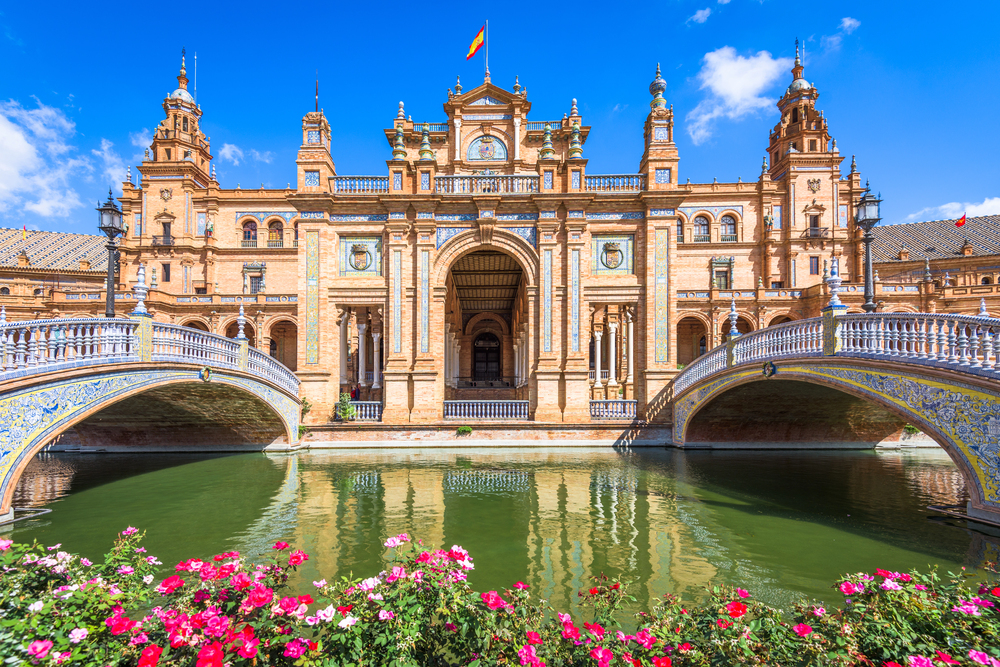
With the second most extensive high-speed rail network in the world (beaten only by China), getting around the country and between Spain’s best cities is not only fast but green, with nearly all Renfe’s energy coming from renewable sources Valencia became European Green Capital and pioneered tourism carbon footprint measurement.
Palma de Mallorca is banning horse-drawn carriages in favor of more animal-conscious electric transfer vehicles. The country’s northern regions are developing integrated sustainable tourism strategies across multiple autonomous communities.
Kenya

Kenya’s commitment to wildlife conservation and community-based tourism is impressive. The country’s conservancy model allows local communities to benefit directly from wildlife protection, creating economic incentives for conservation.
Safari operators increasingly use solar-powered camps and electric vehicles for game drives. Community-run conservancies now protect more wildlife habitat than government parks, proving that sustainable tourism can drive conservation at scale.
Japan

— Photo by sepavone
Kumamoto in Japan won the Most Improved Destination Award, thanks to its circular economy initiatives and strong focus on diversity, equity, and inclusion (DEI). The country’s approach to sustainable tourism emphasizes cultural preservation alongside environmental protection.
- Traditional ryokan inns operate using centuries-old sustainable practices
- Public transportation systems minimize tourist transportation emissions
- Local food sourcing supports rural agricultural communities
- Seasonal tourism patterns distribute visitor impact throughout the year
Japan’s concept of “satoyama” demonstrates how human activity can enhance rather than degrade natural landscapes.
Germany
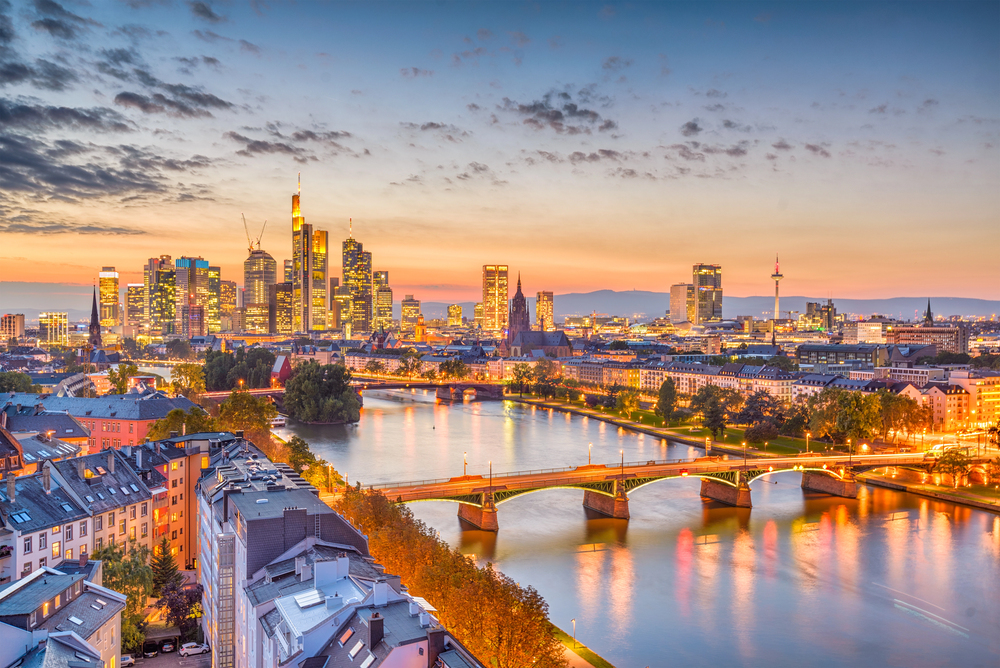
While not always appearing on top sustainability lists, Germany’s systematic approach to green tourism infrastructure sets global standards. The country’s extensive rail network connects nearly every tourist destination, while cycling routes span thousands of kilometers.
German cities increasingly implement tourist taxes that fund environmental protection projects. Hamburg’s port area transformation and Munich’s car-free zones show how major destinations can prioritize sustainability without sacrificing visitor experiences.
A movement worth joining

The future of tourism lies in regenerating local ecosystems, fostering community well-being, and creating meaningful travel experiences. These 15 countries prove that sustainable tourism isn’t about limitation—it’s about creating richer, more authentic experiences while protecting the places we love to visit.
Whether you’re planning your next adventure or just dreaming about future travels, these destinations offer blueprints for what responsible tourism can achieve when entire nations commit to doing better.
More from Travel Pug

- 20 Best Beach Towns in the Carolinas
- 13 Destinations Where Tourists Regularly Regret Their Trip
- 20 Things You Actually Get in First Class
- 20 Small Airports With Aviation Museums
- 20 Places in the U.S. That Are Perfect for a Reset Trip
Like Travel Pug’s content? Follow us on MSN.
